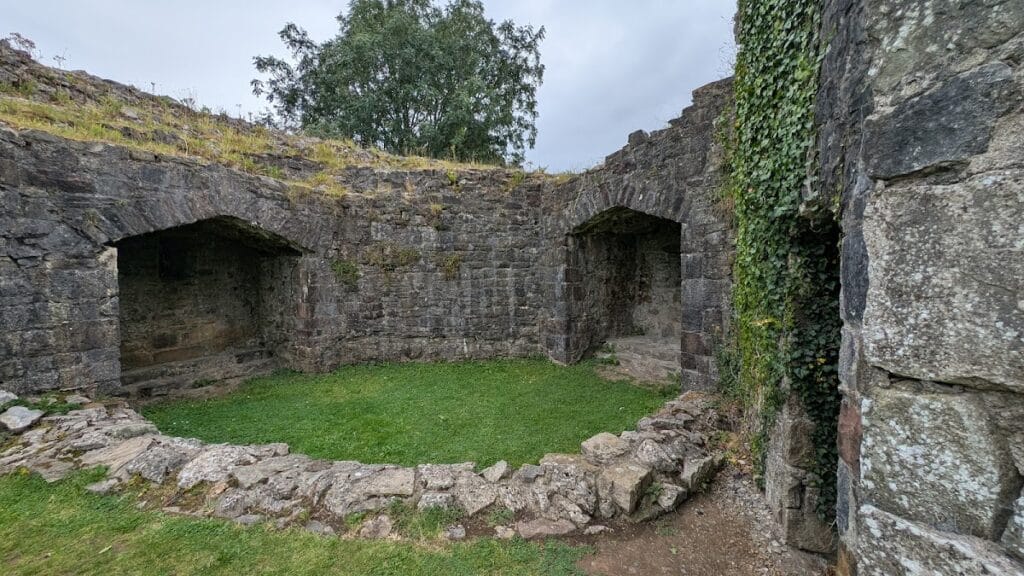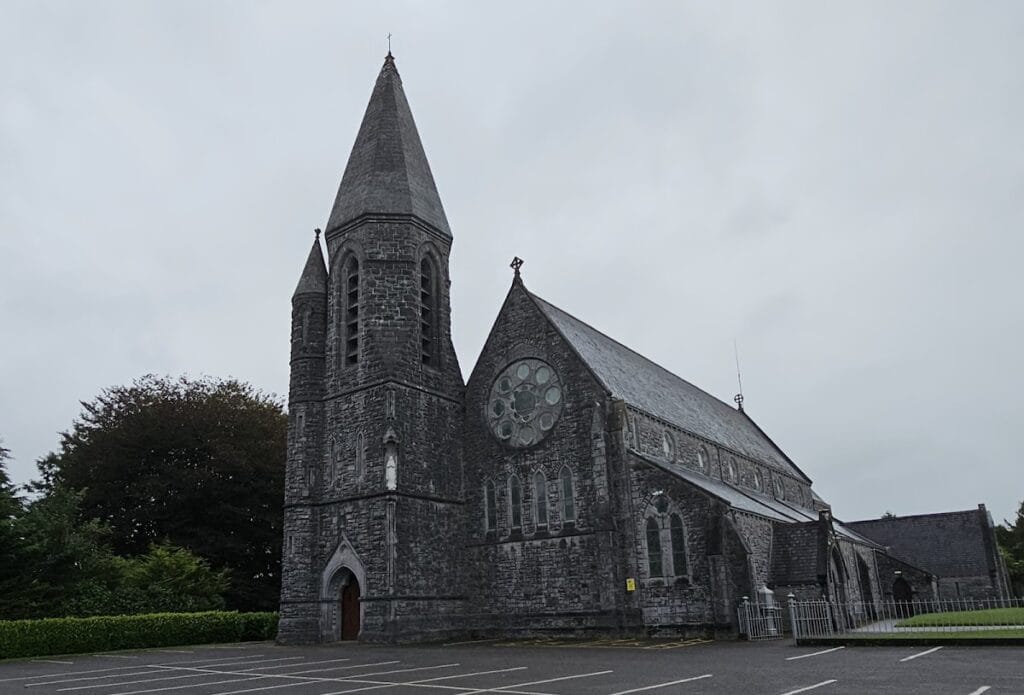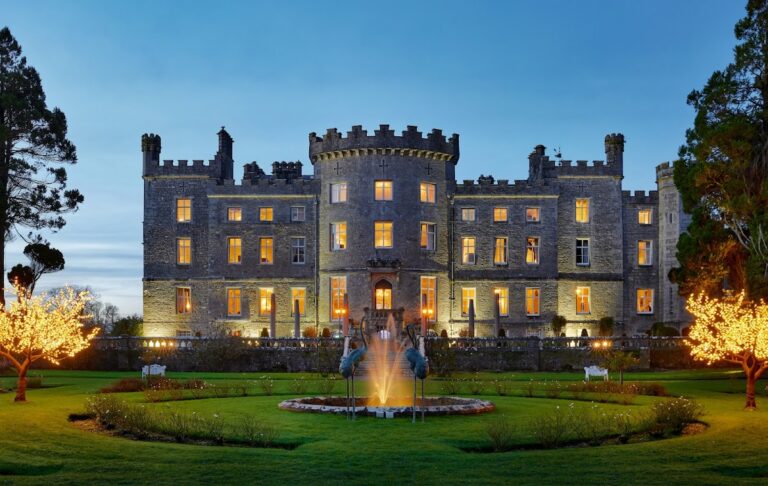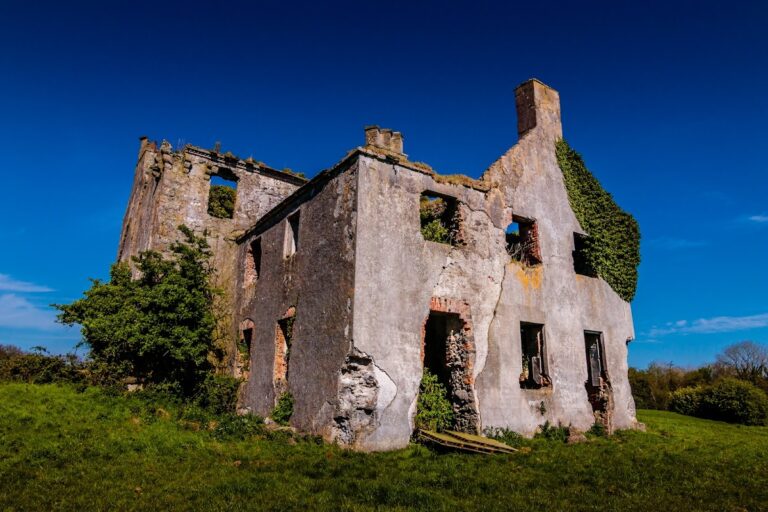Ballymote Castle: A Norman Stronghold in Ireland
Visitor Information
Google Rating: 4.2
Popularity: Low
Google Maps: View on Google Maps
Country: Ireland
Civilization: Medieval European
Remains: Military
History
Ballymote Castle stands in Carrownanty, Ballymote, Ireland, and was constructed around the year 1300 by the Anglo-Norman noble Richard Óg de Burgh, the 2nd Earl of Ulster, known as the Red Earl. The castle was built to secure de Burgh’s recently acquired estates in the area, strategically positioned near an older motte-and-bailey fortification. It holds the distinction of being the last large Norman castle erected in the province of Connacht.
Throughout the 14th century, Ballymote Castle changed ownership several times amid shifting regional power struggles. In 1317, the O’Connors captured it, and in later decades control passed to other Irish dynasties including the Mac Diarmada in 1347 and the Mac Donaghs by 1381. By the mid-16th century, the castle belonged to Tadhg MacDermot, the final ruler of Moylurg, but returned to the O’Connors’ hands by 1571, a tenure later confirmed by King James I of England.
The late 16th century was turbulent as English authority sought to assert control. English forces briefly seized the castle in 1577 and obtained firmer control in 1584 under Governor Richard Bingham. It suffered a raid in 1588 by Irish clans including the O’Connor, O’Hart, and O’Dowd families. In 1598, the castle was surrendered to the Mac Donaghs and soon sold to Red Hugh O’Donnell, a prominent Gaelic leader who used the castle as a military base prior to the Battle of Kinsale in 1601.
By 1602, Ballymote Castle had fallen into disrepair and was surrendered to English forces. Ownership fluctuated during the 17th century; the Taaffe family briefly held it from 1633 before rebels took control in 1641 during a period of widespread Irish uprisings. Oliver Cromwell’s forces captured the castle in 1652 amid their campaign to subdue Ireland. During the Williamite Wars at the end of the century, the castle was held for King James II by Captain Terence MacDonagh but was overcome by Williamite artillery in 1690. Its defenses were dismantled soon after, leading to its decline into ruin.
In recent times, the Irish Office of Public Works has carried out partial restoration, recognizing its architectural and historical significance.
Remains
Ballymote Castle is a large, rectangular stronghold constructed without a central keep, a style sometimes described as a keepless enclosure castle. It is notable for its symmetrical design, regarded as the most balanced of its kind in Ireland, and shares architectural characteristics with Beaumaris Castle in Wales, a fortress built by King Edward I. The layout consists of thick stone curtain walls roughly three meters thick, enclosing an interior courtyard measuring about thirty square meters.
The castle’s main entrance is found in the north wall, originally guarded by a gatehouse flanked by twin D-shaped towers. These towers projected outward, providing defenders with a broad field of fire, though many parts of the outer gatehouse no longer survive. Along the curtain walls, six robust towers add to the defenses: round towers at every corner, three-quarters in shape, and additional towers positioned at the midpoint of the east and west walls. These allowed defenders to monitor and protect the castle’s perimeter effectively.
Within the castle walls, narrow passages approximately three feet wide run along the thickness of the walls themselves. These corridors, set at various levels, connected the towers and curtain walls, facilitating movement for defenders during an attack. While no remains of internal domestic buildings stand today, local folklore speaks of underground passages purportedly linking the castle to nearby religious sites, including Emlaghfad church and a Franciscan abbey. Archaeological study regards these stories as legend without supporting evidence.
A planned small gate with an accompanying square tower on the south wall was never completed, likely due to the siege in 1317 interrupting construction. Today, Ballymote Castle remains a ruin but retains significant portions of its imposing walls and towers, testifying to its former strength and strategic role in the region’s medieval history. Efforts at conservation have preserved much of the surviving stonework, allowing this Norman fortress to continue illustrating Ireland’s complex past.










